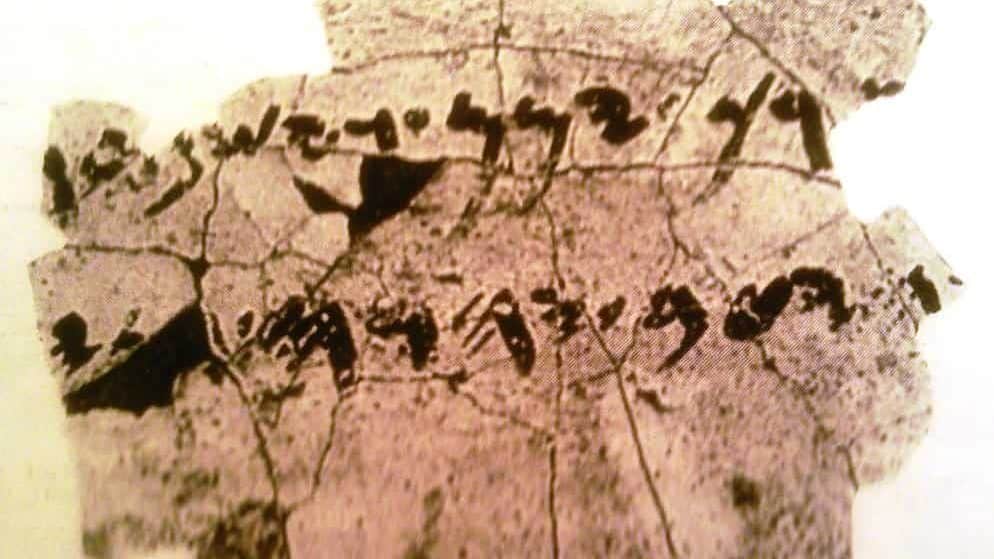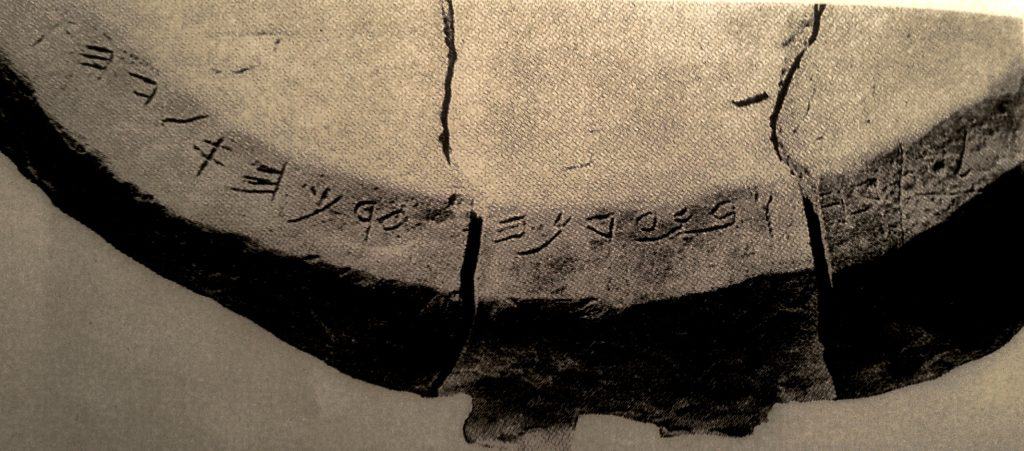The Kuntillet Ajrud inscriptions are a series of inscriptions found at Kuntillet Ajrud. Around 3,000 years ago, for a short time, it was an Israelite outpost and small way station constructed by King Solomon in the 10th century near the road leading from the coast of Philistia to the Gulf of Eilat. Kuntillet Ajrud, meaning “the isolated hill of the water sources,” got its name from the wells at the foot of the hill. The remote settlement was found in 1975 by the archaeologist Ze’ev Meshel of the University of Tel Aviv.

A Mysterious Site
The Kuntillet Ajrud Inscriptions were found in two significant buildings preserved at Kuntillet Ajrud. The largest one contained inscriptions—of early Hebrew and Phoenician writings—and paintings on the walls, door posts, pottery, stone jars, and innumerable drawings of men, animals, and gods. Interestingly, in addition to Yahweh (the God of the Bible) being mentioned in the inscriptions, the Canaanite gods, El and Baal, were also worshipped. Only later, Baal was ‘transformed’ into a demon and considered evil in the scriptures.
Scholars have debated that Kuntillet Ajrud was used as a fortress. However, the actual nature and function of the place are not explicit. Various remains, including the inscriptions, suggest it also served as a religious center.

Kuntillet Ajrud Inscriptions
The inscriptions include a drawing of two figures, possibly God and Asherah, and one resembling the Egyptian god Bes, a collective name for a group of dwarf deities.
Another inscription found on the walls says the following:
“When God shines forth … Yahweh … The mountains will melt, the hills will crush … The Holy One over the gods … Prepare to bless Ba‘al on a day of war … to the name of El on a day of the war.”
Kuntillet Ajrud has baffled archaeologists—especially biblical archaeologists for decades due to the complexity of early Israelite worship and the mixing of the god of the Bible with many different deities. These deities show a different ‘face’ of the god and a gradual movement towards monotheistic worship without any other ‘interferences.’ The controversial inscriptions at Kuntillet Ajrud serve to shake the foundations of monotheism.







